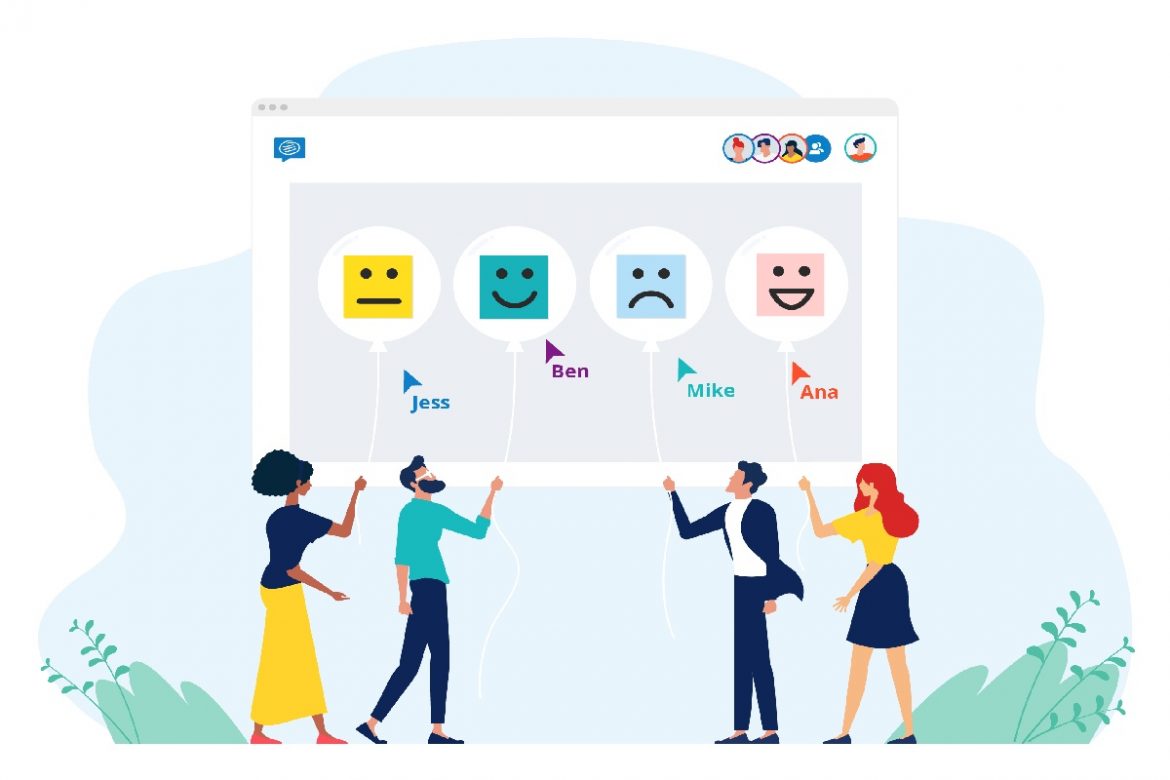Scrum templates: the retrospective meeting : Did you know the Scrum Master profile is among the ten most sought-after in the job market? Enroll in the Scrum Master Course + Lead Scrum Teams.
Under a SCRUM framework, one of the most popular Project Management approaches within the framework of Agile Software Development, a “Retrospective Meeting” is held at the end of each iteration, the objective of which is to bring the team together with Your Coach, who is the Scrum Master, to talk openly about what went well during the iteration, what did not go well, and what improvements can be made in the next iteration.
The retrospective meeting represents the application of the continuous improvement cycle to the SCRUM framework.
Many companies are presenting the template to document the outcome of the retrospective meeting. This includes spaces to report the successes identified (what went well), errors identified (what did not go well), and recommendations for improvements in working to apply them in the next iteration.
This template represents only one way of holding a retrospective meeting but is not intended to be restrictive; in fact, the agile framework invites participants to develop documentation methods and most valuable formats. Introducing the retrospective meeting summary template below
Template The template is copyright-free and may be used freely by our readers.
Table of Contents
Why use a retrospective meeting form?
The Scrum framework uses iteration review and retrospective meetings to reinforce an emphasis on transparency and communication.
Using a form to document the retrospective outcome is one way to formalize communication at these meetings, ensuring that team members are appropriately informed. In addition, it serves as a reference source that can be used in future iterations.
A brief search on the internet reveals multiple methodologies and ways of organizing a retrospective template; the one we present in this article is one of the agile methods that invite people to develop strategies that best suit their needs. Its ends.
The Scrum Master’s Role in the Retrospective Meeting
The Scrum Guide defines three roles that the Scrum Master must perform to assist the team in the retrospective meeting, namely:
- Ensures that the occasion takes place and that all attendees (members of the development team) understand its purpose.
- Teach the team to keep the meeting within the stipulated time, which is 3 hours for one-month iterations, which may be shorter if the sprints are of shorter duration.
- At the same time, he participates in tandem with the other team members, allowing the inspection of his work and recording opportunities for improvement.
You would like to develop a certified Scrum Master, follow the link:
What should be documented during the retrospective meeting?
During the retrospective meeting, the following aspects should be discussed:
What went well
The successes that the team has had during the iteration should be listed, for example, cases in which the communication resulted in more efficient results for the team, good functioning of the code integrations, patients in which it was not necessary to rework because the tests were successful, among others.
That did not go well (errors)
Errors in which the team made, for example, Cases in which a user story was not well understood, due to mistakes when writing them, cases in which the upload of a code to the repository left Team-wide version inoperative due to compilation error, topics in which a story took longer than expected to develop, or all the stories planned in the iteration could not be covered.
Improvements to be implemented in the next iteration
Based on the analysis and investigation of the causes of the successes and errors, specific actions should be listed for the next iteration to maintain these successes and avoid these errors. They can be represented in changes in the team’s work procedures.
Were you looking for more information on agile methodologies?
Do you want to get templates, articles, and other resources on agile methodologies wholly free and directly in your email?.
- The product owner does not attend the meeting: only the Scrum Masterand the team doctor.
- The meeting begins by answering the questions, What went well during the iteration? And What did not go well during the iteration?
- Is the order determined in who wants to try the potential improvements?
- As is the rule in Scrum, the Scrum Master is not there to direct the responses to the meeting. Instead, he must be a facilitator for the team to identify their answers.
- Points that deserve attention can be included in the Product Backlog to be considered in future iterations. They are deemed non-functional attributes since they are not related to a specific feature or functionality being developed for the client. These points can be associated with Technical Management, teamwork, daily routines, Project Management, forms of communication, and many other topics.
And what do you think?
And what do you think? What has been your experience with the retrospective meeting? What information would you add to this template? We invite you to leave us comments on the website of the Computer Projects Office (pmoinformatica) (If you wish, you can sign your comment with your website address).


